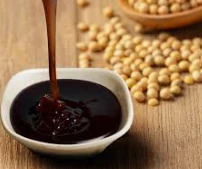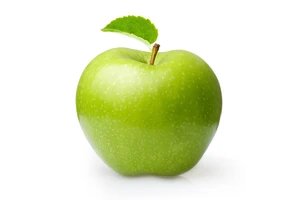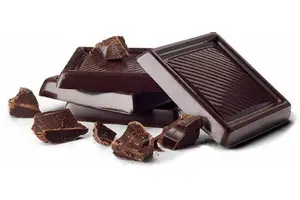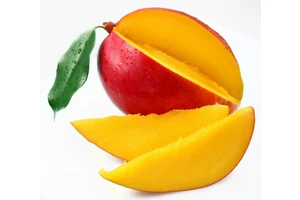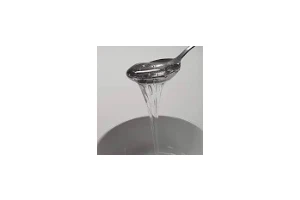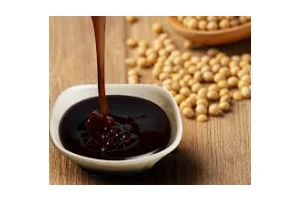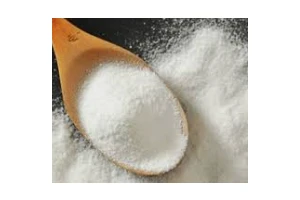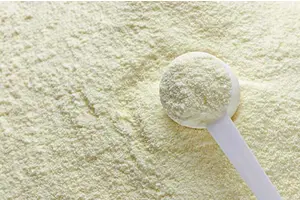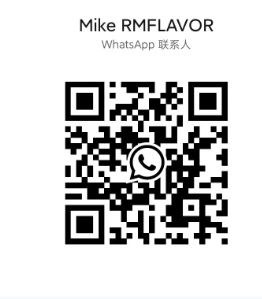"Soya Lecithin" is called Soy Lecithin and is a mixture of fats derived from soybeans, acting as a natural emulsifier, stabilizer, and moisturizer in foods and cosmetics. It is used in a wide variety of products, including baked goods, chocolate, ice cream, supplements, lotions, and shampoos, to improve texture, extend shelf life, and provide hydrating and softening effects on the skin.
What it is:
- Soy lecithin is a phospholipid, a blend of fatty substances including phosphatidylcholine, found in soybeans.
- It is an amphiphilic substance, meaning it has both hydrophilic (water-attracting) and hydrophobic (water-repelling) parts, allowing it to mix oil and water.
Uses:
In food:
It helps to prevent ingredients from separating, improves texture in baked goods and dairy products, and stabilizes chocolate and other confectionery items.
In cosmetics:
It provides moisturization and softens the skin, making it a useful ingredient in creams, lotions, lipsticks, and hair care products.
In pharmaceuticals:
It can be used as a delivery vehicle for drugs, helping them to dissolve and be absorbed more effectively by the body.
In supplements:
It is found in dietary supplements, often to encapsulate vitamins and minerals.
Considerations:
- Soy lecithin is often extracted using chemical solvents like hexane, though some may be extracted without them.
- While soy lecithin is considered safe, people with soy allergies should be cautious, as some individuals may still experience a reaction.
- Much of the soy grown in the U.S. is genetically modified, so unless a product specifies "organic," the soy lecithin likely came from a genetically modified source.

